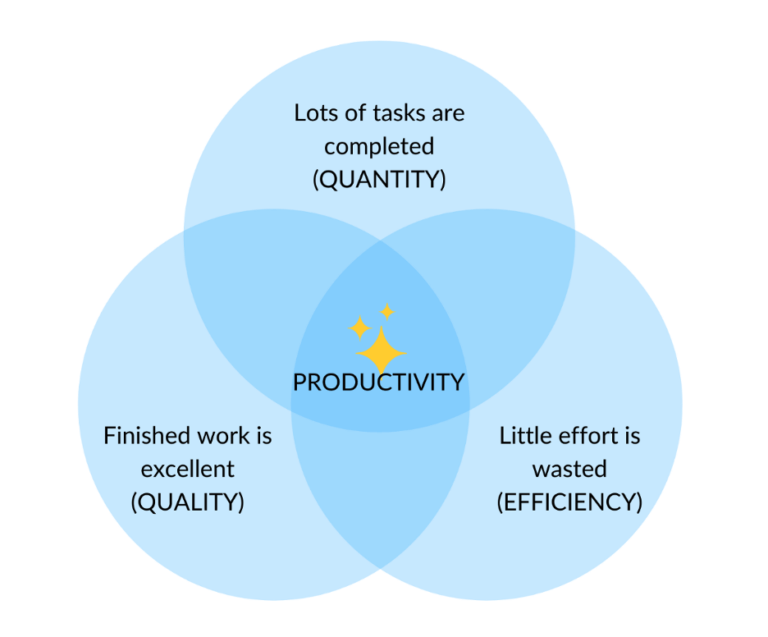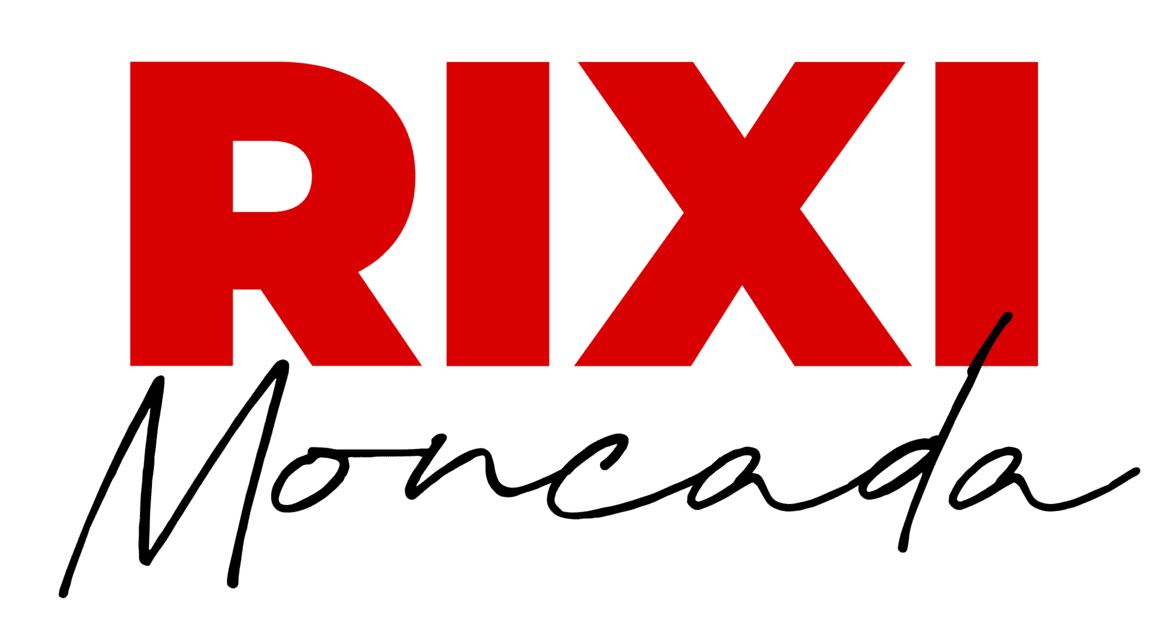Investing In Middle Management: A Strategy For Enhanced Productivity And Employee Satisfaction

Table of Contents
The Crucial Role of Middle Management in Bridging the Gap
Middle managers act as the vital link between upper management's strategic vision and the day-to-day operations of front-line employees. They translate complex directives into actionable plans, ensuring that company goals are understood and implemented effectively. Without strong middle management, communication breakdowns are common, leading to confusion, decreased morale, and ultimately, lower productivity. Effective middle management bridges this gap, fostering a clear and consistent communication flow.
- Improved communication flow: Middle managers facilitate open communication, ensuring that information flows seamlessly between upper management and employees. This prevents misunderstandings and ensures that everyone is on the same page.
- Effective delegation and task management: Skilled middle managers effectively delegate tasks, ensuring that workloads are balanced and deadlines are met. They utilize project management techniques and empower team members.
- Mentoring and development of junior staff: Middle managers play a crucial role in mentoring and developing their teams, providing guidance, support, and opportunities for growth. This contributes to employee retention and skill development.
- Performance monitoring and feedback delivery: Effective middle managers monitor performance, provide regular feedback, and identify areas for improvement. This fosters a culture of continuous improvement and high performance.
Investing in Training and Development for Middle Managers
Investing in middle management requires a commitment to continuous learning and development. Providing your middle managers with the right training equips them with the skills and knowledge necessary to excel in their roles. This investment translates into a more capable and confident management team.
- Leadership training programs: Programs focusing on servant leadership, emotional intelligence, and ethical decision-making are crucial for fostering a positive and productive work environment. These programs equip managers with the tools to inspire and motivate their teams.
- Communication workshops: Effective communication is paramount. Workshops emphasizing active listening, clear feedback delivery, and conflict resolution are vital for building strong relationships and preventing misunderstandings.
- Conflict resolution training: Equipping middle managers with conflict resolution skills helps them address disagreements effectively, creating a more harmonious and productive workplace. This translates to a better work environment and increased team collaboration.
- Mentorship programs: Pairing experienced managers with newer ones provides invaluable support and guidance, accelerating the development of future leaders. This accelerates the growth of your team and helps retain top talent.
Empowering Middle Managers for Increased Autonomy and Ownership
Empowered middle managers are more engaged, motivated, and productive. Delegating authority and trusting their judgment fosters a culture of ownership and accountability. This approach demonstrates trust and respect, leading to increased employee satisfaction and reduced micromanagement.
- Clear delegation of responsibilities: Clearly defining roles and responsibilities empowers middle managers to take ownership of their teams and projects.
- Regular performance reviews: Providing regular feedback, both positive and constructive, demonstrates a commitment to employee growth and development.
- Opportunities for professional growth: Providing opportunities for advancement and continuing education keeps middle managers motivated and engaged. This retention strategy ensures better long-term investment.
- Creating a culture of trust: A culture of open communication and mutual trust is crucial for empowering middle managers and fostering a positive work environment.
Measuring the ROI of Investing in Middle Management
The return on investment (ROI) of investing in middle management is significant, though not always immediately apparent. By tracking key metrics, you can quantify the positive impact of your investment.
- Employee satisfaction surveys: Regularly assessing employee satisfaction provides valuable insights into the effectiveness of management practices.
- Performance metrics: Tracking key performance indicators (KPIs), such as sales figures, project completion rates, and customer satisfaction scores, can reveal the direct impact of improved middle management.
- Employee turnover rates: Lower turnover rates directly translate into reduced recruitment and training costs.
- Reduced costs: Investing in training and development can actually reduce overall costs by mitigating issues stemming from poor management, such as increased employee turnover and decreased productivity.
Conclusion
Investing in middle management is not an expense; it's a strategic imperative. By providing training, fostering empowerment, and measuring results, organizations can significantly enhance productivity and employee satisfaction. The evidence is clear: a strong middle management team is the cornerstone of a successful and thriving organization. Start investing in your middle management today. Implement a training program, conduct employee feedback sessions, and witness the positive impact on productivity and employee satisfaction. Prioritizing investing in middle management is a strategic initiative that ensures long-term organizational success and a competitive advantage.

Featured Posts
-
 Fbi Confirms Likely Death Of California Fertility Clinic Bombing Suspect
May 19, 2025
Fbi Confirms Likely Death Of California Fertility Clinic Bombing Suspect
May 19, 2025 -
 Choque De Posturas Rixi Moncada Vs Cossette Lopez El Debate Completo
May 19, 2025
Choque De Posturas Rixi Moncada Vs Cossette Lopez El Debate Completo
May 19, 2025 -
 Justyna Steczkowska Niespodziewany Taniec W Reczniku Do Hitu Eurowizji
May 19, 2025
Justyna Steczkowska Niespodziewany Taniec W Reczniku Do Hitu Eurowizji
May 19, 2025 -
 Meer Luchtreizigers Begin 2025 Significant Minder Via Maastricht
May 19, 2025
Meer Luchtreizigers Begin 2025 Significant Minder Via Maastricht
May 19, 2025 -
 Carte Immobiliere Francaise Donnees Notaires Sur Les Prix Des Maisons
May 19, 2025
Carte Immobiliere Francaise Donnees Notaires Sur Les Prix Des Maisons
May 19, 2025
